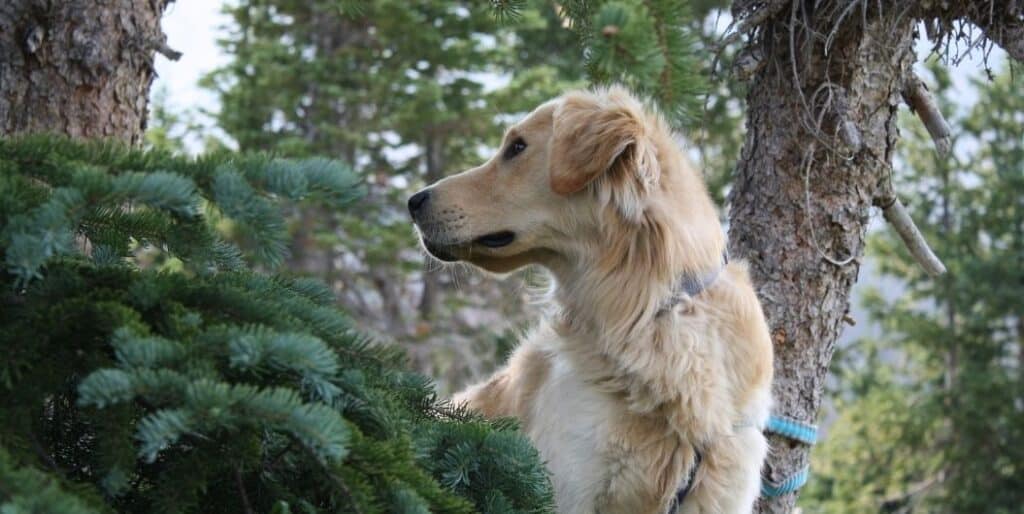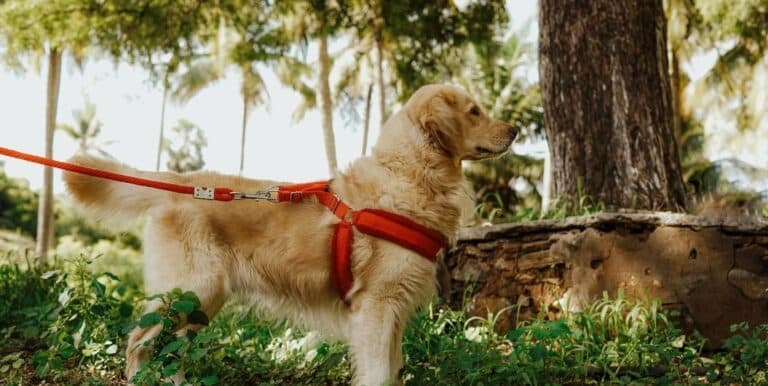How can I Find my Lost Dog?

For pet owners, there’s rarely a more frightening experience than discovering a pet missing. In the case of a lost dog, there’s often a frantic search throughout the house or yard, followed by a few dozen anxious phone calls to neighbors and local animal shelters. After that, the search turns to a slow drive through the neighborhood alleys. Sometimes the initial search efforts are rewarded, but unfortunately a dog may remain lost for several nerve-wracking hours or days. There are steps a responsible pet owner can take to aid in the search, however, including keeping the animal registered, trying to think places the dog might be attracted to, putting up posters with a photo, offering a reward, and keeping in touch with local veterinarians and animal shelters in case the animal is turned in.

One important thing is to register the animal with a veterinarian’s office or the city’s animal control department. All of this registration information should be placed on a collar around the dog’s neck, or even implanted under the skin in a small microchip. Rescuers are more likely to make contact with the owners of a dog if they can readily identify them through a collar or identification chip.
It also helps to think like a lost dog while searching for one. Dogs are pack animals by nature, so they may seek out other dogs for security while away from home. If you see a pack of dogs in the neighborhood, they may lead you to your own pet eventually. Strays often frequent the same feeding grounds and the same shelters, so your animal may do the same to feed himself or to get away from the elements. A domestic dog may not find acceptance in a pack, however, so your dog may also be roaming alone near the other dogs.
Flyers and posters also work when searching for a lost dog. It pays to have a recent photo of your pet, as well as a detailed description of his or her appearance, including the dog’s name and breed. Include contact phone numbers, but not necessarily your physical address or other personal information. A financial reward is always optional, but money can be a strong motivator for rescuers to report their discoveries. Sometimes, a lost dog will be informally adopted by his or her rescuer unless the original owner makes a concerted effort to advertise the loss.

In conjunction with a local poster and flyer campaign, an owner can place a classified ad in the local newspaper under the “Lost and Found” category. Again, a brief description of the dog should be included. Mentioning the last known location can be very helpful, since rescuers may have picked up a dog in that area earlier.
A contact phone number and the word “reward” may increase your chances of recovery. It also helps to read the classifieds for any announcements of dogs that have been found. If the description fits your pet, you might have to help defray the nominal cost of the ad, but you’ll also get your animal back from someone conscientious enough to place the notice.
Maintain contact with local veterinarians, animal shelters and city animal control offices. Some rescuers will instinctively drop off a lost dog at the closest veterinarian’s office or animal shelter. Others may call the city’s animal control office for an anonymous pick-up.
This doesn’t always end up with the pet reunited with its owner. The dog may have lost its identification collar or the veterinarian may not have the instrument needed to read the subcutaneous microchip. Make sure all of these potential drop-off locations have an accurate description of your pet and a complete set of contact numbers.






